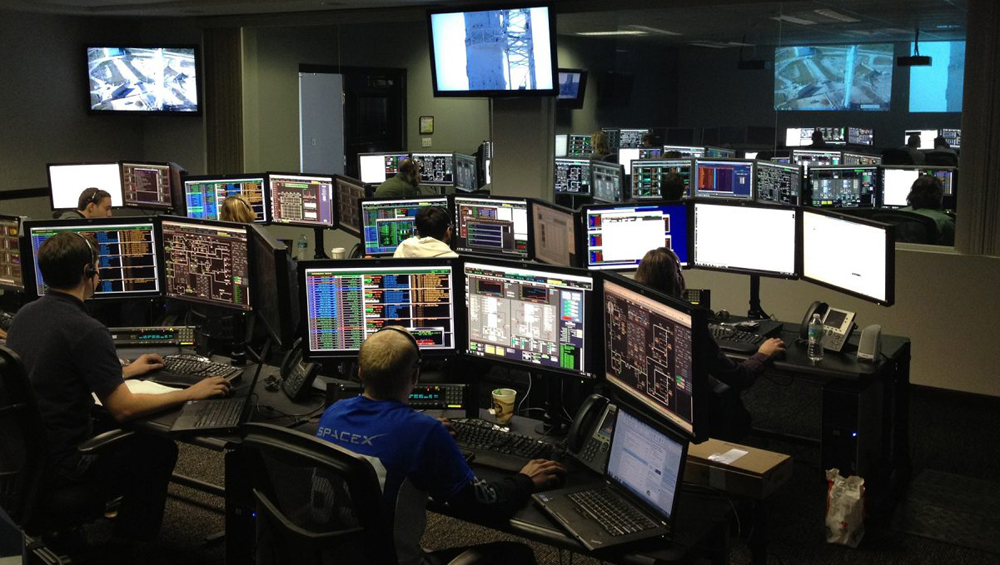
TV News Confronts Its Motivation Problem


Hank Price
Last week, TVNewsCheck carried two excellent pieces on the current employment crisis in television news. Both were good follow-ups to Emily Barr’s recent case for increased pay in news departments.
On Monday, Syracuse University Journalism Professor Bob Papper detailed the burnout issue that is front and center in newsrooms across the country. Then on Tuesday, recruiter Gary Brown talked about the industry-wide producer shortage. Like Barr, both Papper and Brown cited pay scales as important touchstones in what has become an increasingly complex issue.
As the newsroom crisis grows, companies are finding it harder to ignore the unrest in their stations. As Barr noted: “The best are trying to find ways to improve their benefit packages,” but “that does not replace the need for a living wage.”
How did things become so bad? What happened to the overwhelming hunger to work in television news? The simplest answer is that companies took advantage of that hunger by paying low salaries. After all, there were hundreds of applicants for every opening. Then one day everything seemed to change. The applicant pools dried up. The hunger to eat had superseded the hunger to work in our business.
Salaries are clearly the right place to start, but I think we must also broaden the conversation. Pay scales and hours aside, has something else changed about television news that makes it a less appealing career choice?
When I entered television, it was an aspirational calling. Going to work was an adventure because we were pushing the envelope, righting wrongs and impacting the communities we served. Creativity was expected, even glorified. Working in television was exciting and fun. We were inventing the future.
Fast forward to today. Most young people see television news as old fashioned, something their parents or grandparents watch. The problem is not really the linear platform, it’s the locked in regimen, predictability and lack of challenge. That’s because in many newsrooms creativity, fresh thinking and energy left long ago.
In other words, television news has a motivation problem.
Talk to students who still want careers in broadcast journalism, and you will hear about the mechanics: standups, anchoring, packages. Yes, they still want to be on television, but few display any sense of calling, greater purpose or even excitement.
Although they don’t use the term, most college students — and our own employees for that matter — understand that television news has become an assembly line product, producing the same thing, the same way, day after day. Only station labels are different. It takes no aspiration to turn out yet another box of Cheerios. That’s what happens when you work in a factory.
The regimentation of television news has been coming for a long time, but the current crisis also has roots in the last recession, which forced many companies to change their business models.
Before the recession, stations prioritized ratings, revenue and expense controls in that order. Loss of revenue inverted that list by making expense reduction the top priority.
So many people lost their jobs as a result of the drive to reduce costs that the business was transformed almost overnight. Without anyone realizing it, the employees who were pushed out the door took the light of mission with them.
Control rooms and studios became bare of people. Automation forced producers to emphasize locked-in rundowns, reducing freewheeling dynamics. The great photographer/journalists lost their jobs, taking away the team creativity that was always the mark of significant journalism. Reporters had to also become photographers, forcing stories into more simplistic formats. Video essays went away because there was no one to produce them. I could go on, but you know the list.
Not only did staffs shrink, but stations also started to expand their number of newscasts. With the syndication market no longer producing mega hits, owners realized that under the new goal of reducing expenses it was far cheaper to add an additional hour of local news than to buy a new syndicated show. Once that kind of thinking took hold, it became logical to expand news into other areas. After all, local news is usually the lowest cost option.
On paper, it seems so easy to produce more hours of news. Add a person here and there, stretch schedules, use the same content that is already being produced for other shows. Not a problem at all — unless you are the person being stretched.
When you add it up, the current burnout crisis is a result of all of the above.
Better salaries and hours, along with adding new employees, will fix the mechanics, but we also have an opportunity to turn this crisis into something positive by bringing our news staffs into the conversation, especially the younger members.
This new generation of employees is also the one we are trying to attract to our digital and linear products. In addition to newsroom issues, we need to know how they think, what attracts them, what changes in the product would they make?
Asking and listening are the first steps toward employee empowerment and motivation. Some of their ideas will not be workable, but remember that diamonds are always found in the rough.
Adjusting salaries, adding people and other changes should come in response to a staff conversation, not before, because genuine response is a powerful employee motivator.
I’ve worked places with highly motivated teams, and I’ve also seen the other side of that coin. Motivation always shows up on the air. It makes a difference in the product, and that makes a difference in the bottom line.
Why should a company do this? Those locked into the cheapest possible product will not, but for the best companies, those committed to the long run, this would be an investment in the future.
As a bonus, companies willing to genuinely respond to their staffs would not have to worry about newsroom morale. That would once again come with the job.
Hank Price spent 30 years leading television stations for Hearst, CBS and Gannett while concurrently building a career in executive education. He is the author of Leading Local Television and two other books.
































Comments (3)
BeyondTheBeltway says:
October 23, 2023 at 11:26 am
Thanks to the internet, young people with an “overwhelming hunger” to work in TV have limitless other outlets to satiate that hunger. Today, anyone who can video a selfie is an instant on-screen “talent” with a potential world wide reach. Choosing diversity and political correctness over excellence in TV news hasn’t helped much either.
Former Producer says:
October 23, 2023 at 1:24 pm
Hank, don’t fool yourself. You can bring all the “news staffs into the conversation” as much as you want. Nothing will change in the TV news business unless the CEOs decide to make those changes. They haven’t, and I doubt they will. They have shareholders to answer to, and as long as the profits keep coming in, the CEOs won’t care.
I appreciate that Hank, Gary, Emily, and other ex-TV news executives are willing to openly acknowledge the elephant in the room. Why didn’t you all do so when you were still executives who had the power to do something about said elephant. Perhaps it’s easier to bite the hand when it doesn’t feed you anymore?
Dave Kovic says:
October 23, 2023 at 10:30 pm
Former Producer said it right.